The tough Micro, Small and Medium Enterprises get going to overcome the existential crisis and rejoin the growth path.
Story by: Ashish Bhatia
Micro, Small and Medium Enterprises (MSME) are the backbone of any country. In India, MSME is the economic engine. Constituting an estimated 45 lakh enterprises in India, MSME contributes 30 per cent income of the Gross Domestic Product (GDP). Forty-eight per cent of our exports are from MSME. When profitability was already reeling under the pressures of significant revenue decline in Q42020, matters worsened. The already low manufacturing capacity utilisation faced an unprecedented closure compounding demand-side woes with the supply-side shock. The Covid-19 pandemic gave rise to difficult circumstances to the extent that a majority were staring at insolvency. Within months of the epidemic, cash, labour, and raw materials turned to be the focal point as they proved to be the biggest roadblocks for staging a recovery, let alone pursue growth.
Market Analysis
According to a Crisil Quantix study, at 17-21 per cent, the fall in revenue is steep. A sharp decline at the operating level meant a negative impact on creditworthiness, aggravated liquidity stretch, especially on the working capital front. The average interest service coverage ratio could slide to 1-1.5 times from 2.4 times registered between fiscals 2017 and 2020. Notably, it is after factoring in the benefit of the moratorium on interest payments announced by the Reserve Bank of India (RBI). In the absence of moratorium, the ratio could have well slipped below one, cites Crisil. The challenge, hardest for micro-enterprises that account for 32 per cent of the overall MSME debt. In a Crisil survey, auto-component manufacturers and auto dealers don’t expect a rebound before fiscal 2022. An approximate 35-40 per cent of auto component stakeholders reported order deferrals by OEM.
A Brickwork Ratings study expects an average 100 basis points EBITDA margin decline in FY21 for auto components companies due to pricing pressure from OEM’s; to refrain from passing price hike to consumers on account of BSVI norms in a subdued demand scenario. Among other challenges are getting back workforce to the plant, higher cost of humanitarian issues, slowed down order offtake by the customers in exporting geographies, postponement of new model launches by OEMs, costs associated with the change in procurement channels and liquidity issues due to high inventory and receivables. Overcoming existential crisis to rejoin the growth path necessarily becomes a priority.
The building blocks
The need of the hour is to continue to adapt to a dynamic set of scenarios and tread with cautious optimism. It is an apt time to go beyond traditional wisdom. Averred VG Ramakrishnan, Managing Director and Partner, Avanteum Advisors LLP, “Growth is a direct outcome of enterprises realising the role of self in overcoming challenges first.” “It is a good starting point over increasingly depending on government intervention,” he asserts. The task, according to Ramakrishnan, is cut out; survival is vital for the next two years. With cashflow a real issue, to avoid a negative impact on the supply chain, he opined, Original Equipment Manufacturers (OEMs) must play their part especially in case of tier 2 and tier 3 suppliers. After all, supply revenue scale to OEMs in 2019-20 according to Auto Components Manufacture Association (ACMA) stood at USD 40.5 billion. With India expected to play a significant role in global supply chains, suppliers, beginning with the phased unlock strategy, are rebuilding supply chains with a focus on attaining significantly higher localisation levels.
Key supplier expectations and considerations
Alok Agarwal, Head Purchasing and Strategic sourcing – India and Southeast Asia, Magna Powertrain highlighted key supplier expectations and considerations. He urged suppliers to be meet regulations, address high volatility in volume forecasts with SOPs. He also called upon suppliers for incorporating flexibility in development and production besides ensuring short time to market and meeting high capital expenditure requirements. Among key considerations are increasing knowledge and exposure to global product requirements and collaboration with overseas companies to increase technical know-how. Agarwal urged companies to go beyond casting, forging and sheet metal business to produce technology-driven systems over components. Establishing overseas sales representative offices, improving operations and project management capabilities and building trust and relationships with customers were the others. Anand P. Srivastava, GM, Direct Credit Vertical at Small Industries Development Bank of India urged banks not to be risk aversed and come forward willingly supporting the MSME in their endeavour.
Rejoining growth path
There is a unanimous consensus on MSME staging a recovery first and pursuing growth after that. Piyush Srivastava, Additional Development Commissioner, MSME, Government of India, speaking at the 7th MSME summit, expressed confidence in the industry emerging strongly in the aftermath of Covid-19. Drawing attention to MSME constituting 70 per cent of the auto components industry, stated Srivastava, for growth, the industry in the near term will benefit from a China plus one strategy with one being the alternative sourcing destination. According to Rajat Bahl, Chief Ratings Officer at Brickwork Ratings, the enterprises could grow by turning to resilient product segments and geographies, attracting higher FDI, reduced dependence on China, a larger share in the replacement market and exports to newer geographies. Samir Sathe, EVP, Wadhwani Advantage and India Leader, Sahayata Programme, Wadhwani Foundation reasserted the need to contribute to the bottom line for sustainable growth. “MSME must ensure a growth-oriented balance sheet to avail the benefits extended. Net earnings must be the focus area going forward,” he mentioned. ACI
Self-reliant MSME
 The Government of India (GoI) wants to make India Atmanirbhar (self-reliant). For it, it is banking upon the MSME sector. Acknowledging the sector’s contribution, Nitin Gadkari, Minister of Road, Transport and Highways, and MSME recently stated the government’s five-year vision. “Over the next five years, we will increase MSME exports from 48 per cent to 60 per cent. It will create five crore jobs.” The groundwork for realising this ambition began through a string of announcements believed to have the potential to revive the ailing sector. Based on five pillars: economy, infrastructure, system, demography and demand, the GoI initially set the ball rolling with its ‘Economic Package’.
The Government of India (GoI) wants to make India Atmanirbhar (self-reliant). For it, it is banking upon the MSME sector. Acknowledging the sector’s contribution, Nitin Gadkari, Minister of Road, Transport and Highways, and MSME recently stated the government’s five-year vision. “Over the next five years, we will increase MSME exports from 48 per cent to 60 per cent. It will create five crore jobs.” The groundwork for realising this ambition began through a string of announcements believed to have the potential to revive the ailing sector. Based on five pillars: economy, infrastructure, system, demography and demand, the GoI initially set the ball rolling with its ‘Economic Package’.
Collateral-free automatic loans worth rupees three lakh crores with 100 per cent credit guarantee cover to banks and Non-Banking Financial Corporations (NBFC), for a four-year tenure and with a 12-month moratorium on principal repayment was made available till October 31, 2020. Through a subordinate debt provision, Finance Minister, Nirmal Sitharaman announced a subordinate debt provision infusing Rs.20,000 crore liquidity in stressed MSME (functioning MSME including stressed and NPAs eligible). The GoI will also provide support of Rs.4000 crore to Credit Guarantee Fund Trust for Micro and Small Enterprises (CGTMSE). CGTMSE will inturn provide partial credit guarantee support to banks up to 65 per cent. Promoters of the MSME will be given debt by banks to invest as equity in the unit.
Investment and turnover limits defining MSME have upgraded to address a long pending demand put forth by the stakeholders of the industry. Under the revised MSME classification, the distinction between manufacturing and service sector no longer exists. The composite criteria of investment and annual turnover for manufacturing and services have changed. The requirements for Micro and services enterprise has expanded to rupees one crore and a turnover of up to rupees five crores. For small enterprises, the new limit is an investment of up to Rs.10 crore and turnover of up to Rs.50 crore. For Medium enterprises, the limit of investment is Rs.20 crore with a turnover of up to Rs.100 crore.
Aimed at improving growth potential and viability via equity funding, GoI announced Funds of Fund (FoF) with a corpus of Rs.10,000 crore. To be operated through a Mother Fund and few daughter funds, the fund structure will help leverage Rs.50,000 crore of funds at daughter funds level. It will encourage MSMEs to get listed. In another move, global tenders up to Rs.200 crore have lost eligibility. The necessary amendments of ‘General Financial Rules’ have been affected. The Confederation of Indian Industry announced the ‘Money Mobility Week’ for financial institutions and MSME between August 25-29’2020 with a loan application window of August 10 to September 10’2020. The GoI is also looking at the feasibility of setting up a dedicated institution to finance manufacturing activity. In other benefits, RBI in a recent announcement has allowed lenders to extend a one-time debt recast.
The World Bank Booster
 The World Bank and the Government of India recently signed a USD 750 mn agreement for the MSME Emergency Response Program to support the increased flow of finance into the hands of MSME, severely impacted by the COVID-19 crisis. The World Bank Group, including its private sector arm – the International Finance Corporation (IFC), will support the government’s initiatives to protect the MSME sector by unlocking liquidity, strengthening NBFCs and SFBs, and Enabling financial innovations. In a press statement, Junaid Ahmad, World Bank Country Director in India stated, “The MSME sector is central to India’s growth and job creation and will be key to the pace of India’s economic recovery, post-COVID-19.” He added that the immediate need is to ensure that MSMEs access the liquidity infused into the system by the government. Equally important is to strengthen the overall financing ecosystem for MSMEs.
The World Bank and the Government of India recently signed a USD 750 mn agreement for the MSME Emergency Response Program to support the increased flow of finance into the hands of MSME, severely impacted by the COVID-19 crisis. The World Bank Group, including its private sector arm – the International Finance Corporation (IFC), will support the government’s initiatives to protect the MSME sector by unlocking liquidity, strengthening NBFCs and SFBs, and Enabling financial innovations. In a press statement, Junaid Ahmad, World Bank Country Director in India stated, “The MSME sector is central to India’s growth and job creation and will be key to the pace of India’s economic recovery, post-COVID-19.” He added that the immediate need is to ensure that MSMEs access the liquidity infused into the system by the government. Equally important is to strengthen the overall financing ecosystem for MSMEs.



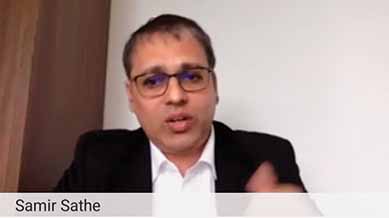




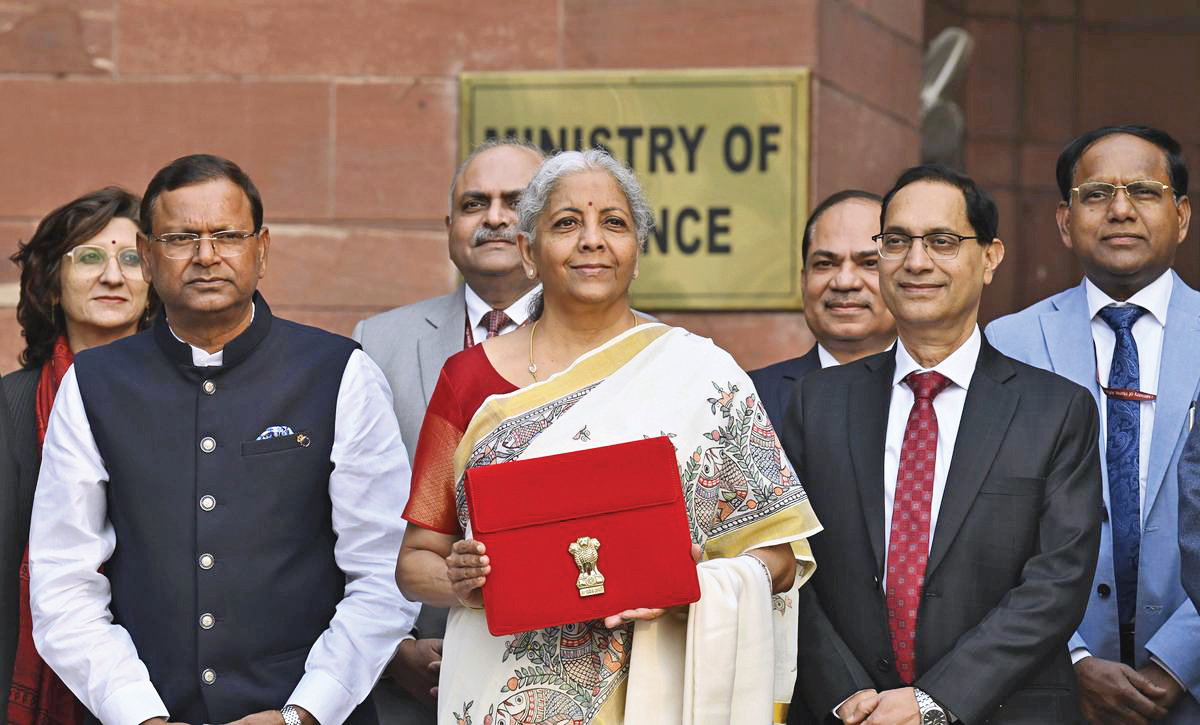
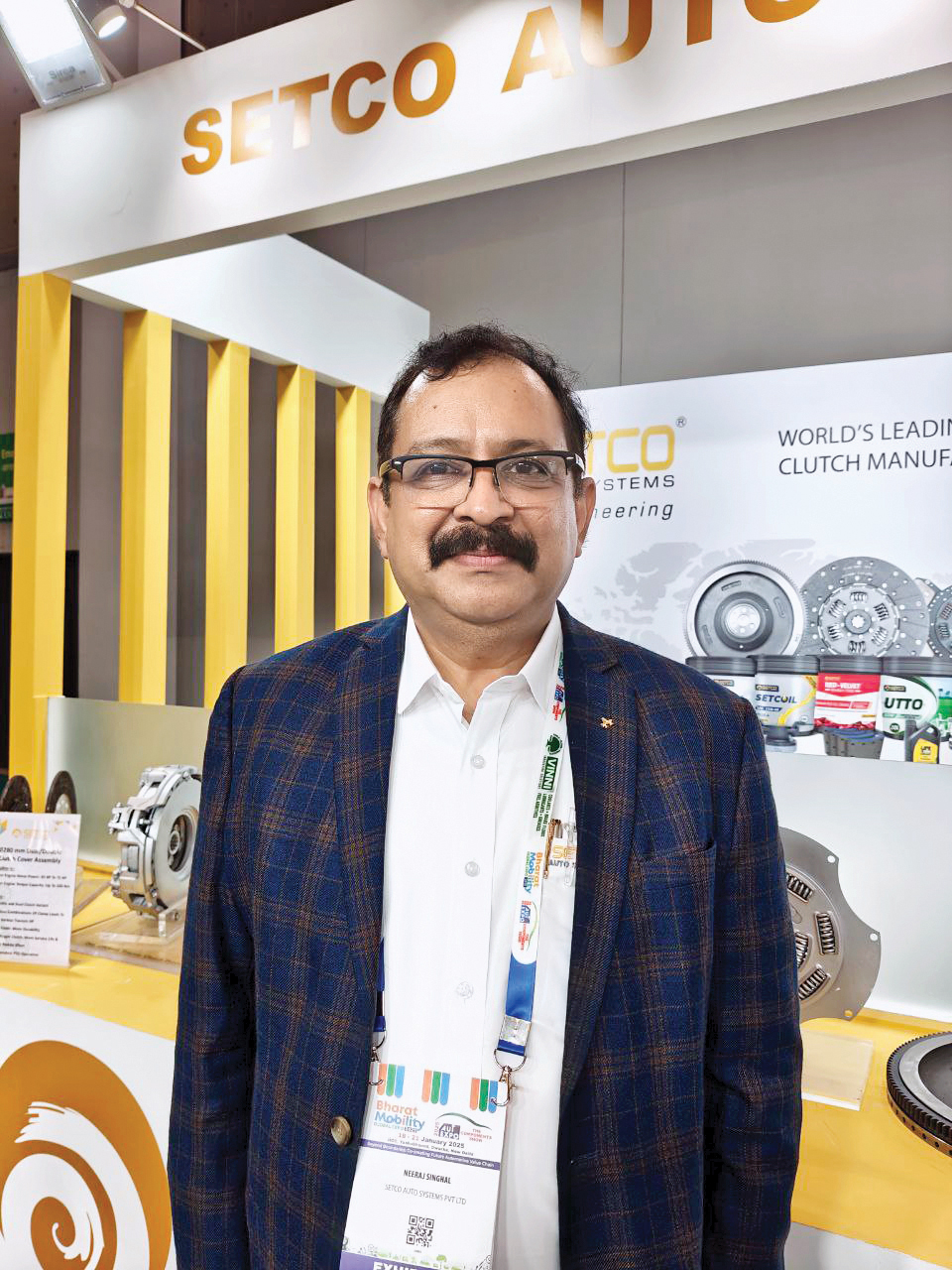
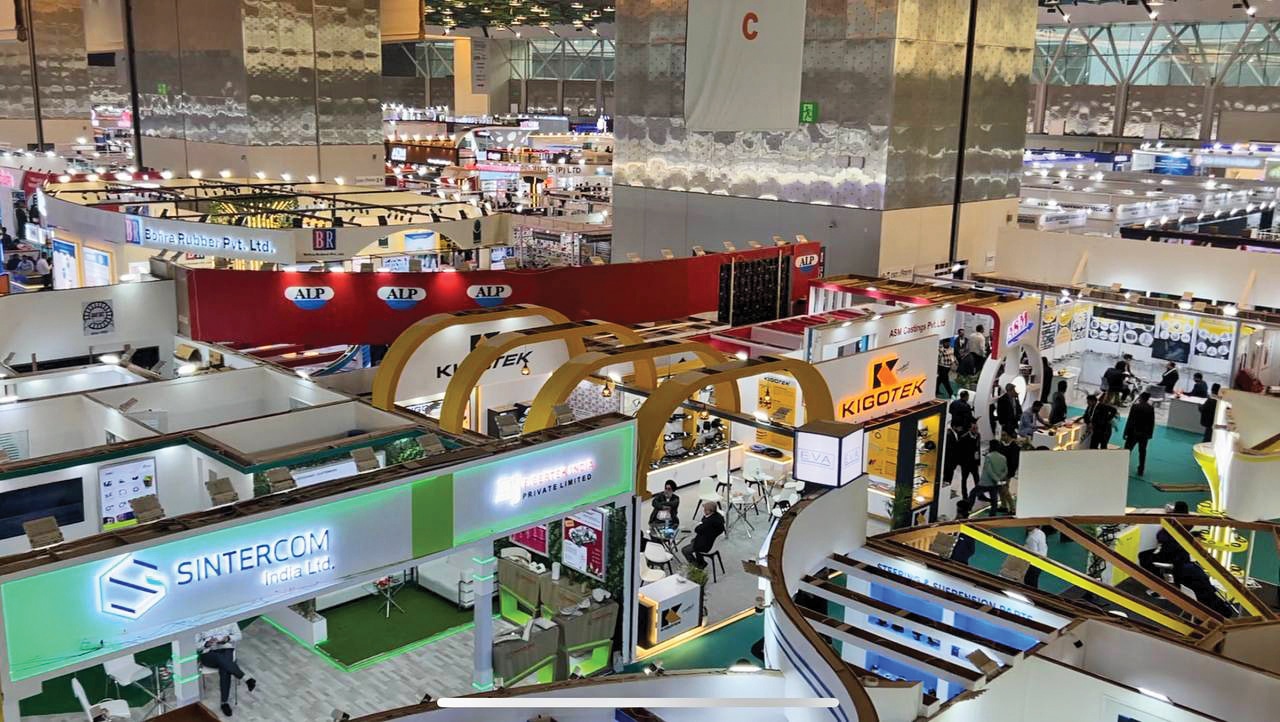

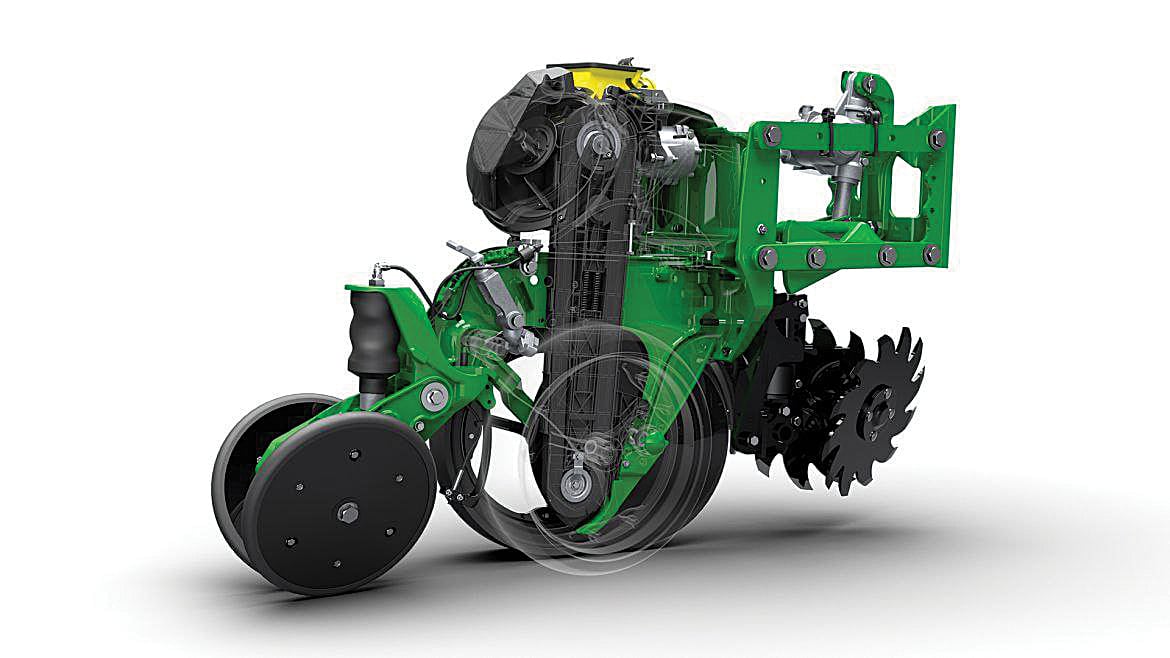

Leave a Reply